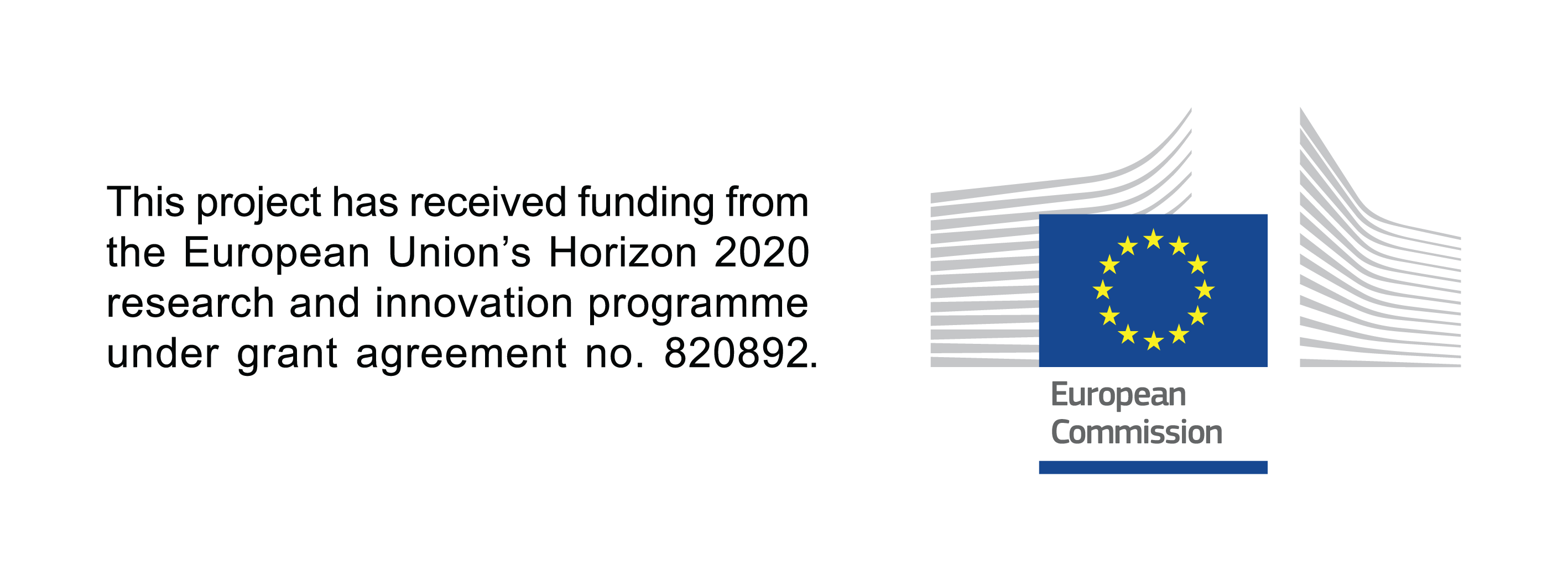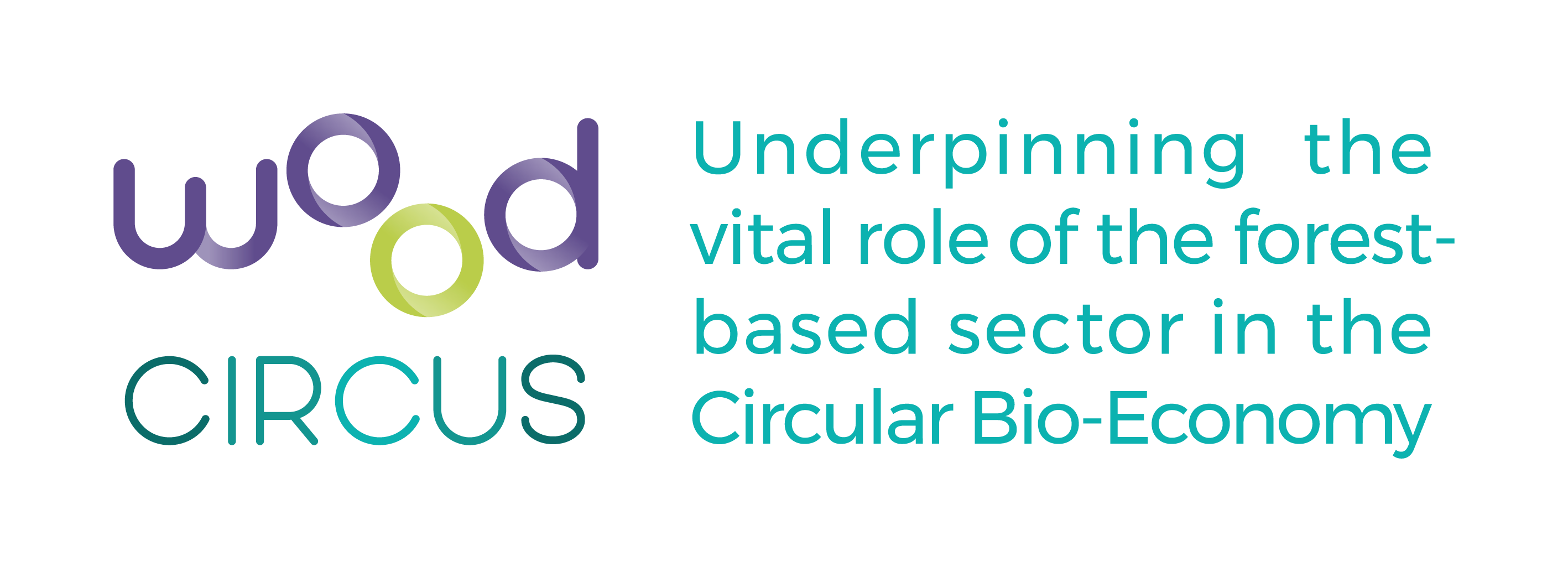Woodcircus
Main outcomes
LCAs on 5 good practices
Life-cycle assessment methodologies have been applied on the three domains (environmental, economic, and social) of sustainability of five selected good practices of efficient use of wood and provide recommendations accordingly. Based on the results of the individual case studies, this report presents conclusions and recommendations regarding aspects that could be of interest in more general terms. The aim of the report is not to compare the case studies as they are all different and not directly comparable. The target audiences for the report are the wood industry, the companies participating in this study, the European Commission and all stakeholders interested in this topic.
The five cases selected for the sustainability assessment include both energy and material recovery examples and represent different parts of value chain. Four of them are company cases while the fifth one represents a regional case (Italian) where post-consumer wood waste is recycled. The company cases include following practices:
- Window based on 100% recovered wood
- Wave Layered Timber (WLT): a versatile modular glue and nail free construction system allowing reuse of solid wood elements
- Particle board based on waste wood and a highly optimized production of resins
- Kraft paper produced from sawdust and RCF (recycled fibre) integrating benefits of heat recovery
In general, using side streams, waste and recovered materials is clearly less burdening than the use of primary raw materials. For example, despite a higher amount of wood needed, the global warming (GWP) impacts of the wood supply are 62 % lower in the case that utilizes 75 % of recovered wood for the particle board production instead of fresh wood. Similarly, the use of sawdust or recycled fibre has better environmental performance in comparison to pulpwood or virgin pulp or fluting.
Trade-offs between energy and material recovery are more complex, and the applied system boundary affects the results. When looking at large systems, if the alternative way of producing energy is fossil based like natural gas, less overall greenhouse gas emissions are created from post-consumer wood energy recovery than material recovery. Utilization of natural gas in the heat generation results in significant fossil carbon dioxide emissions that are avoided in incineration of post-consumer wood. However, as a result, the material would be removed from the material cycle for good. Moreover, even though the incineration of wood looks tempting from carbon footprint point of view, it increases other environmental impacts such eutrophication, photochemical ozone formation and acidification. On the other hand, there are low quality wood fractions for which material recovery is currently not possible.
From an economic perspective, whether the use of recovered wood is competitive depends, in general, on the price differences between recovered and virgin wood. Obviously, the use of recovered wood includes processes related to the collection, sorting and processing of waste wood which create additional costs. The availability of business actors specialised in treating and providing recovered wood at competitive prices is key towards an effective uptake of circular wood-based products. In part, this will depend on the creation of a sustained and sufficiently high demand for recovered wood in the market. As an example, a high demand of recovered wood in Austrian market has led to a supply chain systematically organised with sawmills specialised in providing recovered wood.
The interest in social impacts related to production and consumption is increasing at the European level. The findings of these case studies indicate how health and safety of workers are clear hotspots also in the assessed wood-based value chains. Thus, they are topics that require constant monitoring and improvements. On the other hand, the social assessments included in this report also highlight how the woodworking industry has the potential to create social benefits through employment and community engagement and development. What could be improved in the future is the monitoring of potential social risks along the whole life cycle, and related reporting, also at product level.
CONTACT US
Interested in joining the WoodCircus network? Please use the contact form to get in touch with us or contact directly the WoodCircus Ringmaster :
Project Coordinator
Anne-Christine Ritschkoff, VTT
Anne-Christine.Ritschkoff@vtt.fi
PROJECT COORDINATOR
VTT Technical Research Centre of Finland Ltd
Anne-Christine Ritschkoff
Anne-Christine.Ritschkoff@vtt.fi


